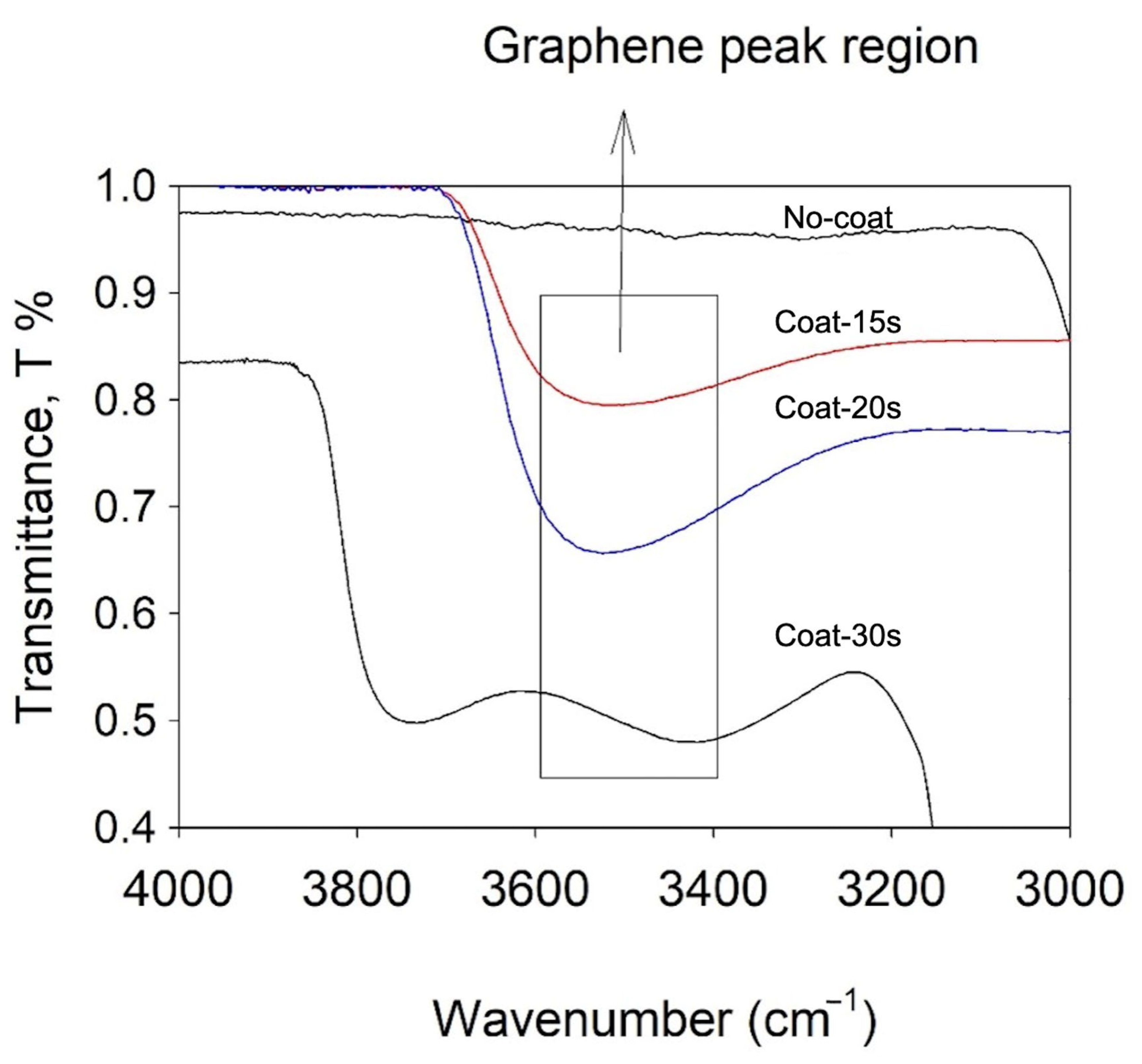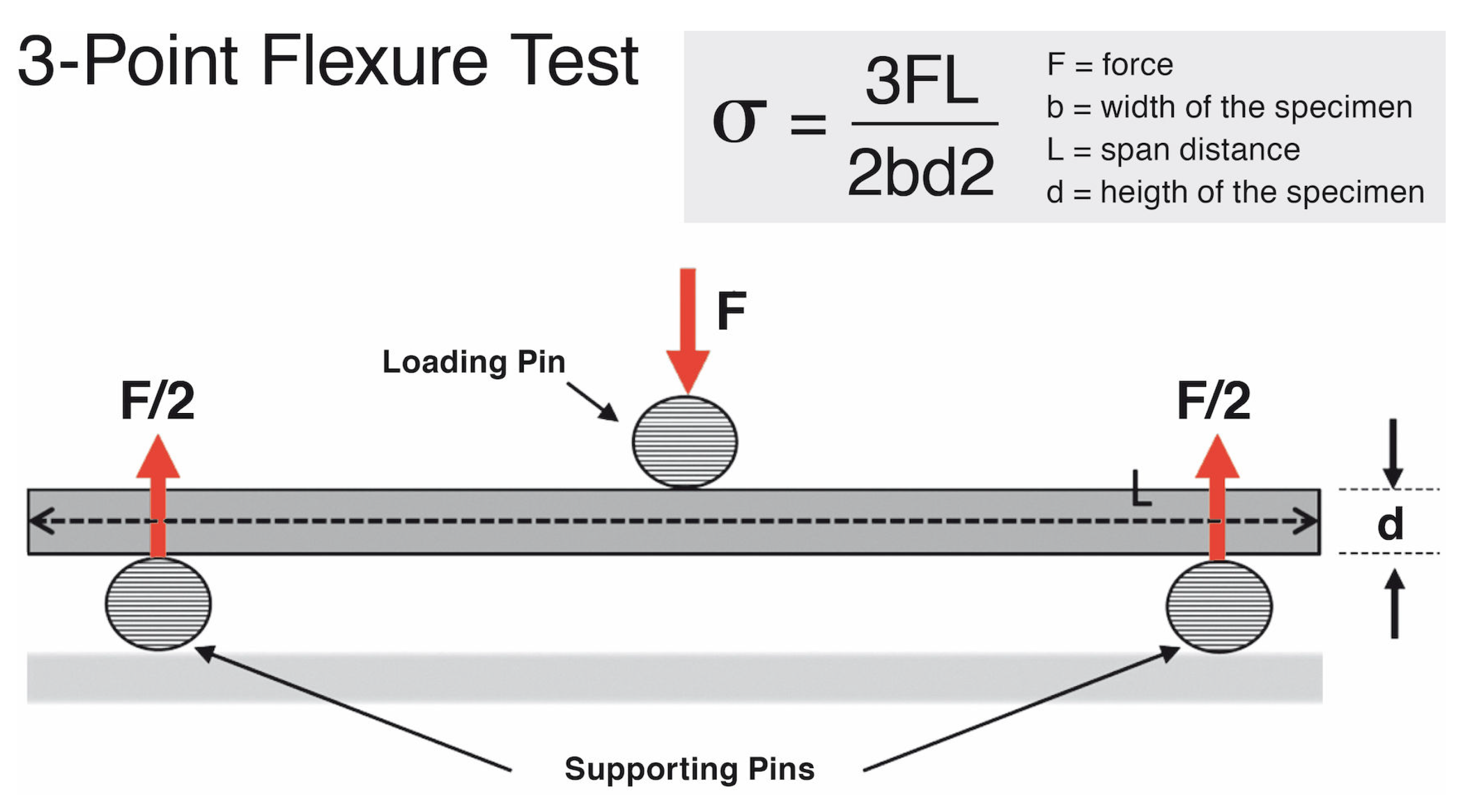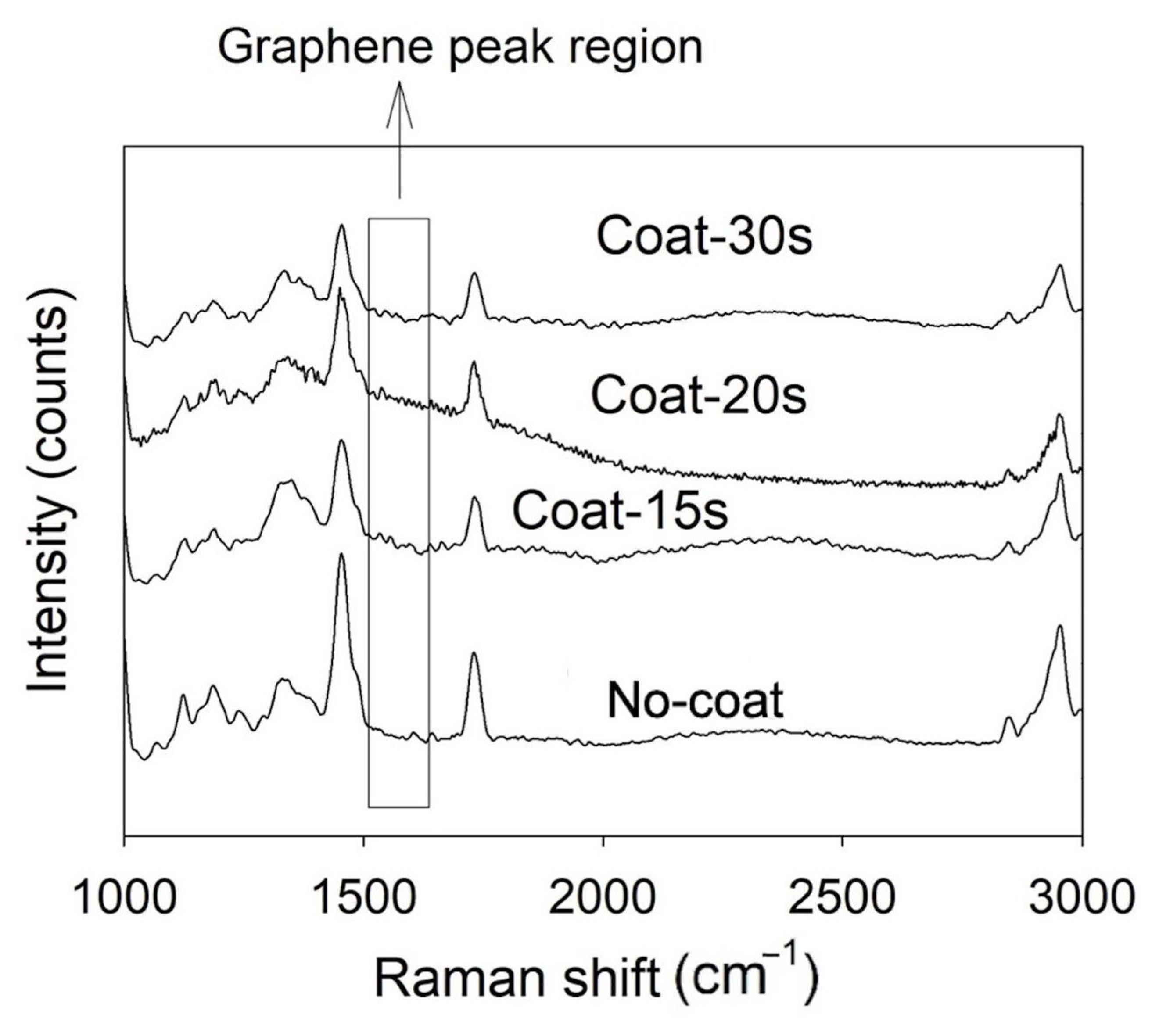Flexural Strength and Vickers Microhardness of Graphene-Doped SnO2 Thin-Film-Coated Polymethylmethacrylate after Thermocycling
Abstract
1. Introduction
2. Materials and Methods
2.1. Specimen Preparation
2.2. TVA Application
2.3. Microhardness and 3-Point Flexural Strength Tests
2.4. Statistical Analysis
3. Results
4. Discussion
5. Conclusions
Author Contributions
Funding
Institutional Review Board Statement
Informed Consent Statement
Data Availability Statement
Conflicts of Interest
References
- Aati, S.; Chauhan, A.; Shrestha, B.; Rajan, S.M.; Aati, H.; Fawzy, A. Development of 3D printed dental resin nanocomposite with graphene nanoplatelets enhanced mechanical properties and induced drug-free antimicrobial activity. Dent. Mater. 2022, 38, 1921–1933. [Google Scholar] [CrossRef] [PubMed]
- Abualsaud, R.; Gad, M.M. Flexural strength of CAD/CAM denture base materials: Systematic review and meta-analysis of in-vitro studies. J. Int. Soc. Prev. Community Dent. 2022, 12, 160–170. [Google Scholar] [CrossRef] [PubMed]
- Al-Dwairi, Z.N.; Tahboub, K.Y.; Baba, N.Z.; Goodacre, C.J.; Özcan, M. A comparison of the surface properties of CAD/CAM and conventional polymethylmethacrylate (PMMA). J. Prosthodont. 2019, 28, 452–457. [Google Scholar] [CrossRef]
- Alp, G.; Johnston, W.M.; Yilmaz, B. Optical properties and surface roughness of prepolymerized poly(methyl methacrylate) denture base materials. J. Prosthet. Dent. 2019, 121, 347–352. [Google Scholar] [CrossRef] [PubMed]
- Atalay, S.; Çakmak, G.; Fonseca, M.; Schimmel, M.; Yilmaz, B. Effect of thermocycling on the surface properties of CAD-CAM denture base materials after different surface treatments. J. Mech. Behav. Biomed. Mater. 2021, 121, 104646. [Google Scholar] [CrossRef]
- Gruber, S.; Kamnoedboon, P.; Özcan, M.; Srinivasan, M. CAD/CAM complete denture resins: An in vitro evaluation of color stability. J. Prosthodont. 2021, 30, 430–439. [Google Scholar] [CrossRef]
- Aldegheishem, A.; AlDeeb, M.; Al-Ahdal, K.; Helmi, M.; Alsagob, E.I. Influence of reinforcing agents on the mechanical properties of denture base resin: A systematic review. Polymers 2021, 13, 3083. [Google Scholar] [CrossRef]
- Karci, M.; Demir, N.; Yazman, S. Evaluation of flexural strength of different denture base materials reinforced with different nanoparticles. J. Prosthodont. 2019, 28, 572–579. [Google Scholar] [CrossRef]
- Gad, M.M.; Fouda, S.M.; Al-Harbi, F.A.; Näpänkangas, R.; Raustia, A. PMMA denture base material enhancement: A review of fiber, filler, and nanofiller addition. Int. J. Nanomed. 2017, 12, 3801–3812. [Google Scholar] [CrossRef]
- Khosravani, M.R. Mechanical behavior of restorative dental composites under various loading conditions. J. Mech. Behav. Biomed. Mater. 2019, 93, 151–157. [Google Scholar] [CrossRef]
- Aati, S.; Shrestha, B.; Fawzy, A. Cytotoxicity and antimicrobial efficiency of ZrO(2) nanoparticles reinforced 3D printed resins. Dent. Mater. 2022, 38, 1432–1442. [Google Scholar] [CrossRef]
- Di Carlo, S.; De Angelis, F.; Brauner, E.; Pranno, N.; Tassi, G.; Senatore, M.; Bossù, M. Flexural strength and elastic modulus evaluation of structures made by conventional PMMA and PMMA reinforced with graphene. Eur. Rev. Med. Pharmacol. Sci. 2020, 24, 5201–5208. [Google Scholar]
- Hernández, J.; Mora, K.; Boquete-Castro, A.; Kina, S. The effect of thermocycling on surface microhardness of PMMA doped with graphene: An experimental in vitro study. J. Clin. Dent. Res. 2020, 17, 152–161. [Google Scholar] [CrossRef]
- Agarwalla, S.V.; Malhotra, R.; Rosa, V. Translucency, hardness and strength parameters of PMMA resin containing graphene-like material for CAD/CAM restorations. J. Mech. Behav. Biomed. Mater. 2019, 100, 103388. [Google Scholar] [CrossRef]
- Çakmak, G.; Donmez, M.B.; Akay, C.; Abou-Ayash, S.; Schimmel, M.; Yilmaz, B. Effect of thermal cycling on the flexural strength and hardness of new-generation denture base materials. J. Prosthodont. 2023, 32, 81–86. [Google Scholar] [CrossRef]
- Özgür, M.; Pat, S.; Mohammadigharehbagh, R.; Demirkol, U.; Akkurt, N.; Olkun, A.; Korkmaz, Ş. Two-dimensional BN-doped ZnO thin-film deposition by a thermionic vacuum arc system. J. Mater. Sci. Mater. Electron. 2020, 31, 6948–6955. [Google Scholar] [CrossRef]
- Vladoiu, R.; Tichý, M.; Mandes, A.; Dinca, V.; Kudrna, P. Thermionic vacuum arc—A versatile technology for thin film deposition and its applications. Coatings 2020, 10, 211. [Google Scholar] [CrossRef]
- Pat, S.; Korkmaz, Ş.; Balbağ, M.Z. A new deposition technique using reactive thermionic vacuum arc for ZnO thin film production. J. Nanoelectron. Optoelectron. 2014, 9, 437–441. [Google Scholar] [CrossRef]
- Demirkol, U.; Pat, S.; Mohammadigharehbagh, R.; Musaoğlu, C.; Özgür, M.; Elmas, S.; Özen, S.; Korkmaz, Ş. Determination of the structural, morphological and optical properties of graphene doped SnO thin films deposited by using thermionic vacuum arc technique. Phys. B Condens. Matter 2019, 569, 14–19. [Google Scholar] [CrossRef]
- Mohan, A.N.; Manoj, B. Surface modified graphene/SnO2 nanocomposite from carbon black as an efficient disinfectant against Pseudomonas aeruginosa. Mater. Chem. Phys. 2019, 232, 137–144. [Google Scholar] [CrossRef]
- Munawar, T.; Nadeem, M.S.; Mukhtar, F.; Rehman, M.N.U.; Riaz, M.; Batool, S.; Hasan, M.; Iqbal, F. Transition metal-doped SnO(2) and graphene oxide (GO) supported nanocomposites as efficient photocatalysts and antibacterial agents. Environ. Sci. Pollut. Res. Int. 2022, 29, 90995–91016. [Google Scholar] [CrossRef] [PubMed]
- Hsu, S.H.; Liao, H.T.; Chen, R.S.; Chiu, S.C.; Tsai, F.Y.; Lee, M.S.; Hu, C.Y.; Tseng, W.Y. The influence on surface characteristic and biocompatibility of nano-SnO(2)-modified titanium implant material using atomic layer deposition technique. J. Formos. Med. Assoc. 2022, 122, 230–238. [Google Scholar] [CrossRef] [PubMed]
- Choudhary, A.K.; Gupta, A.; Kumar, S.; Kumar, P.; Singh, R.; Singh, P.; Kumar, V. Synthesis, antimicrobial activity, and photocatalytic performance of Ce doped SnO2 nanoparticles. Front. Nanotechnol. 2020, 2, 595352. [Google Scholar]
- Khanom, R.; Parveen, S.; Hasan, M. Antimicrobial activity of SnO2 nanoparticles against Escherichia coli and Staphylococcus aureus and conventional antibiotics. Am. Sci. Res. J. Eng. Technol. Sci. 2018, 46, 111–121. [Google Scholar]
- Bacali, C.; Badea, M.; Moldovan, M.; Sarosi, C.; Nastase, V.; Baldea, I.; Chiorean, R.S.; Constantiniuc, M. The Influence of graphene in improvement of physico-mechanical properties in PMMA denture base resins. Materials 2019, 12, 2335. [Google Scholar] [CrossRef]
- Bacali, C.; Baldea, I.; Moldovan, M.; Carpa, R.; Olteanu, D.E.; Filip, G.A.; Nastase, V.; Lascu, L.; Badea, M.; Constantiniuc, M.; et al. Flexural strength, biocompatibility, and antimicrobial activity of a polymethyl methacrylate denture resin enhanced with graphene and silver nanoparticles. Clin. Oral Investig. 2020, 24, 2713–2725. [Google Scholar] [CrossRef]
- Lee, J.-H.; Jo, J.-K.; Kim, D.-A.; Patel, K.D.; Kim, H.-W.; Lee, H.-H. Nano-graphene oxide incorporated into PMMA resin to prevent microbial adhesion. Dent. Mater. 2018, 34, e63–e72. [Google Scholar] [CrossRef]
- Simionescu, O.G.; Popa, R.C.; Avram, A.; Dinescu, G. Thin films of nanocrystalline graphene/graphite: An overview of synthesis and applications. Plasma Process. Polym. 2020, 17, 1900246. [Google Scholar] [CrossRef]
- Gad, M.M.; Fouda, S.M.; Abualsaud, R.; Alshahrani, F.A.; Al-Thobity, A.M.; Khan, S.Q.; Akhtar, S.; Ateeq, I.S.; Helal, M.A.; Al-Harbi, F.A. Strength and surface properties of a 3D-printed denture base polymer. J. Prosthodont. 2022, 31, 412–418. [Google Scholar] [CrossRef]
- ISO 20795-1:2013; Dentistry—Base polymers—Part 1: Denture Base Polymers. International Organization for Standardization (ISO): Geneva, Switzerland, 2013.
- Querido, W.; Kandel, S.; Pleshko, N. Applications of vibrational spectroscopy for analysis of connective tissues. Molecules 2021, 26, 922. [Google Scholar] [CrossRef]
- Al-Noaman, A.; Rawlinson, S.C.F. A novel bioactive glass/graphene oxide composite coating for a polyether ether ketone-based dental implant. Eur. J. Oral Sci. 2023, 131, e12915. [Google Scholar] [CrossRef]
- Mumcu, E.; Topcu Ersöz, M.B.; Avukat, E.N.; Akay, C.; Pat, S. Influence of oxygen effect in coating layer on tensile bond strength of PMMA. Int. J. Polym. Mater. 2023, 72, 507–516. [Google Scholar] [CrossRef]
- Stalder, A.; Berger, C.H.; Buser, R.; Wittneben, J.; Schimmel, M.; Abou-Ayash, S. Biological and technical complications in root cap-retained overdentures after 3-15 years in situ: A retrospective clinical study. Clin. Oral Investig. 2021, 25, 2325–2333. [Google Scholar] [CrossRef]
- Lee, W.C.; Lim, C.H.Y.; Shi, H.; Tang, L.A.; Wang, Y.; Lim, C.T.; Loh, K.P. Origin of enhanced stem cell growth and differentiation on graphene and graphene oxide. ACS Nano 2011, 5, 7334–7341. [Google Scholar] [CrossRef]






| Flexural Strength (MPa) | Vickers Microhardness (HV) | |
|---|---|---|
| No-coat | 68.1 ± 18.6 a | 31.2 ± 10 a |
| Coat-15 s | 62.8 ± 17.1 a | 40.9 ± 12.3 a |
| Coat-20 s | 63.9 ± 14.7 a | 33.1 ± 7.3 a |
| Coat-30 s | 71.6 ± 14 a | 57.9 ± 10.4 b |
Disclaimer/Publisher’s Note: The statements, opinions and data contained in all publications are solely those of the individual author(s) and contributor(s) and not of MDPI and/or the editor(s). MDPI and/or the editor(s) disclaim responsibility for any injury to people or property resulting from any ideas, methods, instructions or products referred to in the content. |
© 2023 by the authors. Licensee MDPI, Basel, Switzerland. This article is an open access article distributed under the terms and conditions of the Creative Commons Attribution (CC BY) license (https://creativecommons.org/licenses/by/4.0/).
Share and Cite
Akay, C.; Çakmak, G.; Donmez, M.B.; Abou-Ayash, S.; Mumcu, E.; Pat, S.; Yilmaz, B. Flexural Strength and Vickers Microhardness of Graphene-Doped SnO2 Thin-Film-Coated Polymethylmethacrylate after Thermocycling. Coatings 2023, 13, 1106. https://doi.org/10.3390/coatings13061106
Akay C, Çakmak G, Donmez MB, Abou-Ayash S, Mumcu E, Pat S, Yilmaz B. Flexural Strength and Vickers Microhardness of Graphene-Doped SnO2 Thin-Film-Coated Polymethylmethacrylate after Thermocycling. Coatings. 2023; 13(6):1106. https://doi.org/10.3390/coatings13061106
Chicago/Turabian StyleAkay, Canan, Gülce Çakmak, Mustafa Borga Donmez, Samir Abou-Ayash, Emre Mumcu, Suat Pat, and Burak Yilmaz. 2023. "Flexural Strength and Vickers Microhardness of Graphene-Doped SnO2 Thin-Film-Coated Polymethylmethacrylate after Thermocycling" Coatings 13, no. 6: 1106. https://doi.org/10.3390/coatings13061106
APA StyleAkay, C., Çakmak, G., Donmez, M. B., Abou-Ayash, S., Mumcu, E., Pat, S., & Yilmaz, B. (2023). Flexural Strength and Vickers Microhardness of Graphene-Doped SnO2 Thin-Film-Coated Polymethylmethacrylate after Thermocycling. Coatings, 13(6), 1106. https://doi.org/10.3390/coatings13061106






